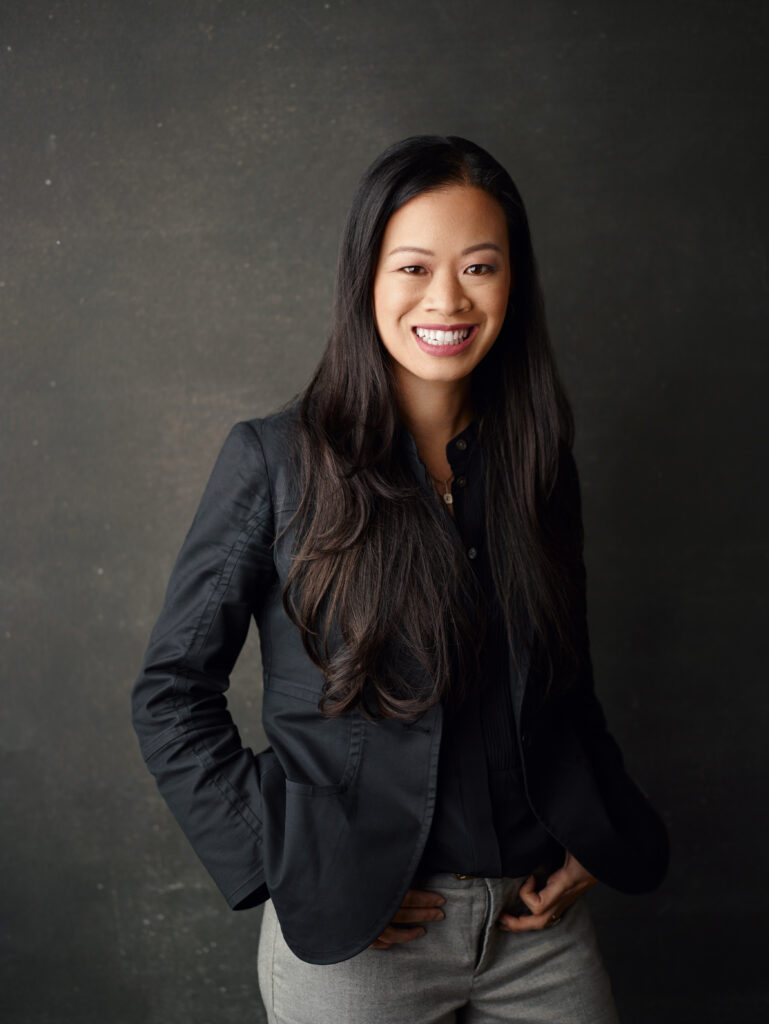An Appreciation
Architecture as my profession and as my avocation has always been focused on the act of building.
I find joy in seeing ideas brought to life and conversing with those implementing their visions. I’ve never tired of the challenges of creating built form and contributing to this enterprise. And I’ve arrived at a deeper regard for the varied paths that others take within and outside the profession.

I find this especially so in the current moment when the national AIA has selected, in the person of our incoming President-elect Evelyn Lee, FAIA, a practitioner who has long and successfully navigated a “non-traditional” path. Identifying as both an “outsider” and, paradoxically, the candidate with the most experience on the AIA board, Evelyn has been committed to advocacy for those in the profession pursuing their own unique careers. She sets an example as global head of workplace strategy and collaboration at Slack, the popular messaging platform.
Listening to one of her recent “Practice Disrupted” podcasts, I heard Evelyn and her co-host speak eloquently about the efforts to expand the pipeline to entering the architecture profession and also ideas to stop the leaking of that pipeline. Their conversation explored how her candidacy reflects calls to recognize and address unmet needs in architecture, such as examining the ways we invite entrants into the field and train them. They also touched on how we treat each other in the workplace and becoming more mindful of mental health and burnout.
She sees the nascent steps toward unionizing as evidence of the desire to change how we compensate each other. The reality of leakage also tracks with the national AIA’s 2021 membership levels, which remained basically flat after a 2020 decline, the first drop since 2012. Some will argue that this loss is an evergreen topic that blooms in the face of every economic downturn or, more specifically once we start rehiring in the aftermath. (It is beyond the reach of this column to curse that darkness, but the podcast delves more into pressures impacting practices and ways Evelyn hopes to stem the tide.)
A critical mention in Evelyn’s advocacy is her highlighting of what might be called our architectural diaspora. Those who, for any number of reasons, chose to step away from active practice. Evelyn also supports looking outside the profession to patch or widen the employment pipeline. Many reading this know well the struggle of competing in smaller talent pools for a candidate with the right experience. She talks about a group of “archi-techies,” those with architectural training who, like her, transitioned to the tech industry. These folks see her candidacy as offering them a voice within the AIA.
It should not be surprising to hear that our organization focuses its energy on those active in practice, but it is disappointing that the group is perceived as doing little to engage those who are not. For me, it raises the question of how, by broadening our lens, we might grow our membership and highlight how the rigorous training we undergo can benefit society beyond built form.
Evelyn shares the practices within her industry that welcome and nurture new talent. She notes how new tech talent is expected to critique and add value to an enterprise immediately, a pattern unlike the typical intern architect or designer onboarding. Further examples pinpoint ways we might blunt our broadly felt pain points on the fee/value equation or align our training and retention strategies to be relevant to the next generation of practitioners.
A broader consideration of these ideas could spawn cumulative multipliers that improve inclusivity, expand our financial health, and elevate our social and cultural reach. I invite those of us in the AIA circle to consider what we might learn from our fellow design-trained professionals in other fields. What might AIA and its members do to rekindle their passion for the built environment and earn their engagement and the benefit of their experience?
Again, I still find myself impressed by how far afield some of us wander from architecture. I’d like to end on a lighter but no less instructive example of what one of our tribe who left the architecture is doing.
A fun feature in the Arts and Leisure section of The New York Times caught my attention early last summer. The article featured a Q&A with Jake Kilcup, a masters degree trained architectural designer. Jake is now leading Rocky Mountain Construction, or RMC, as chief operating officer of one of the premier roller coaster design and fabrication companies in the world. He’s spent 15 years creating visceral experiences for riders that I can only dream about. One recent rider of an especially thrilling new creation told The Times, “I saw Jesus and came back.” Maybe my liturgical designer brothers and sisters have received similar feedback.
So I wish to celebrate the Evelyns and Jakes who have transitioned to other work pursuits and find success while demonstrating our potential to the world. For all of you, please know that your AIA Dallas chapter sees you and needs you. We invite you to return to helping us improve this profession and hope you will be a part of and not apart from it.